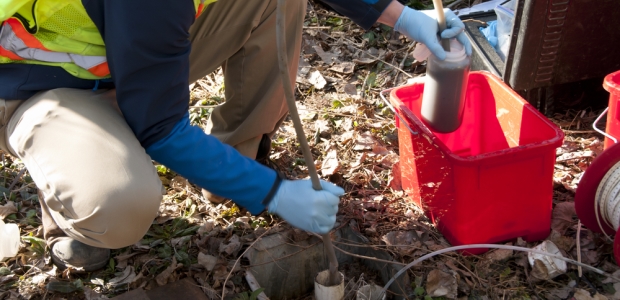
The states with the largest percentage of wells with potentially corrosive groundwater are located primarily in the Northeast, the Southeast, and the Northwest.

Gov. David Ige said the 2-0 ruling "gives us a chance to reset and refocus on our goal of achieving 100 percent renewable energy by 2045."

Tacoma searched for years to find an identity. While the search continued, the city found out who it was not by tearing down what it used to be, but by restoring, reclaiming, and reutilizing what was there already. The result is a city becoming a leader at cleaning and reusing.
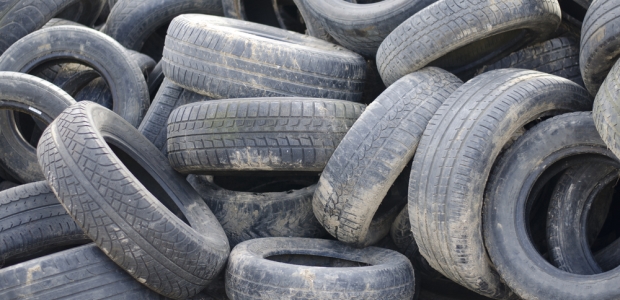
At each of five remaining collections this month, residents may dispose of up to 10 tires per person with a valid West Virginia ID for the county where the collection is occurring. The tires must be off wheel rims, and only car and light truck tires size 16 inches or smaller will be accepted. Haulers and businesses aren't allowed to participate.
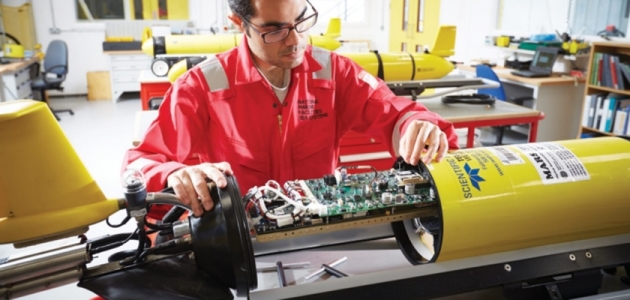
BP is working with manufacturer Planet Ocean, the Marine Robotics Innovation Centre at the UK's National Oceanography Centre, and the Scottish Association of Marine Science to optimize the microsub technology before starting the first trial in the North Sea in December.

The five-year cooperative agreements are a fundamental activity for IOOS that fulfills requirements set forth in the 2009 ICOOS Act. Goals for these agreements focus on increasing the availability and accessibility of data and on maintaining and expanding the observing capabilities throughout the country.

In two settlements, Volkswagen will be require to pay $14.7 billion to settle allegations of cheating emissions tests. $10 billion will be used to buyback affected cars and the remainder will be spent on pollution mitigation and zero-emission vehicle technology.
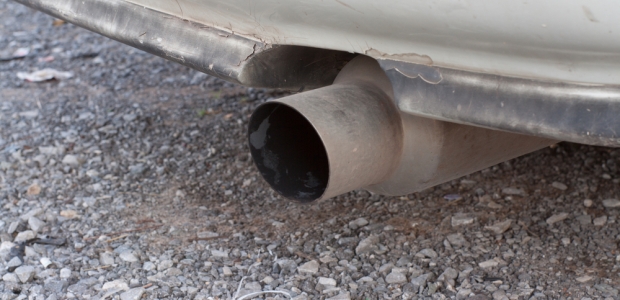
They also committed to accelerated deployment of clean vehicles in government fleets; working with industry to encourage the adoption of clean vehicles; and encouraging public and private infrastructure investments to establish North American refueling corridors for clean vehicles.
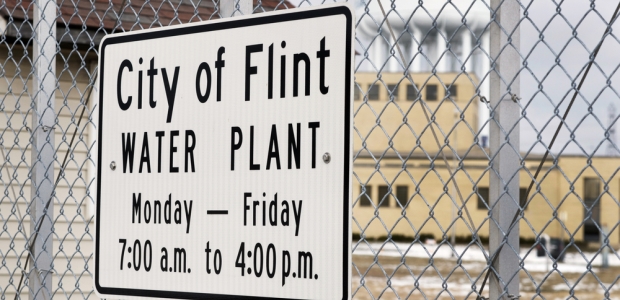
CDC continues to recommend that all children under age 6 living in the city of Flint have their blood tested for lead by a health care provider, particularly if they have not had a blood lead test since October 2015.

Columbus plans to deploy three electric self-driving shuttles to link a new bus rapid transit center to a retail district and use data analytics to improve health care access in a neighborhood where the infant mortality rate quadruples the national average.
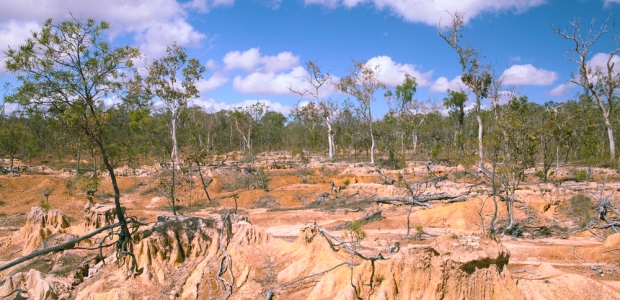
The International Resource Panel's report says erosion, nutrient depletion, acidification, salinization, compaction and chemical pollution have left 33 percent of the world's soils moderately or highly degraded.

"We are extremely pleased to be able to call our new world headquarters a truly global leader in sustainability," said Rob DeMartini, New Balance's president and CEO.
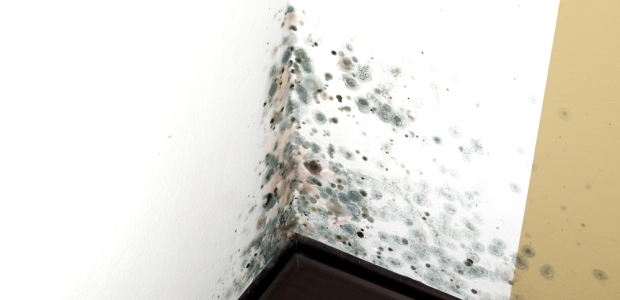
As with vinegar, grapefruit seed extract can be used to prevent mold growth. Simply cleaning surfaces with the mixture will prevent mold from growing.

The company reported that its operations reduced greenhouse gas emissions, solid waste to landfill, water intake, and hazardous waste generation by between 6 and 11 percent in 2015.

The Goliath Prescribed Burn starting on June 11 in Redwood Canyon, which is located in Kings Canyon National Park, California, home of the world's largest sequoia grove, will return the natural fire history to the area and aid the giant sequoias.
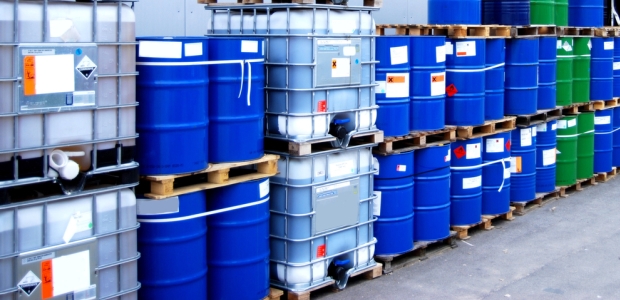
The long-delayed bill overhauling the Toxic Substances Reform Act is heading to President Obama’s desk for his signature.
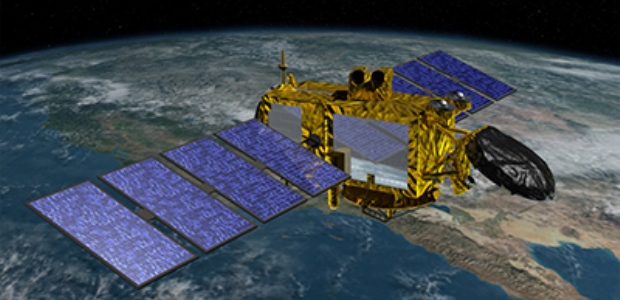
"Jason-3 and Jason-2 will provide valuable information for forecasters this hurricane season. These satellites can identify high-standing pools of warm water that fuel the explosive growth of tropical storms," said Stephen Volz, Ph.D., assistant administrator for NOAA's Satellite and Information Service

Little "ooops!" add up to big future problems.

The health care market holds enormous potential for the deployment of UV-C LEDs. UV-C LED solutions also enable point-of-use water treatment for consumers: Imagine being able to purify your water with a light the size of a pencil eraser in your kitchen or in a portable water bottle, with water from any faucet.

EPA recognizes DFW Airport for its leadership in Greenhouse Gas Management.